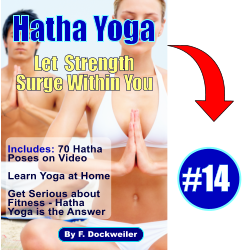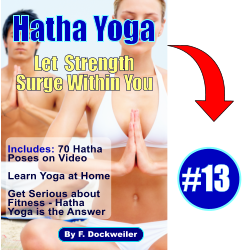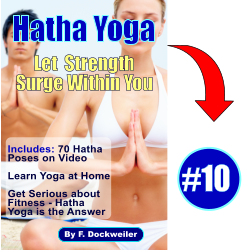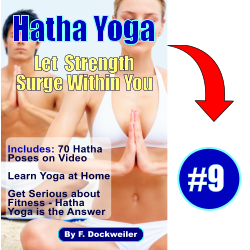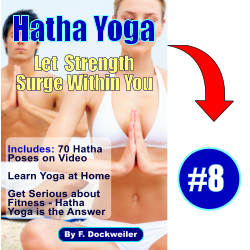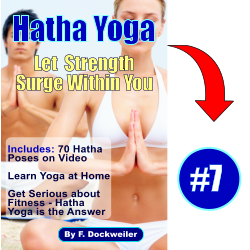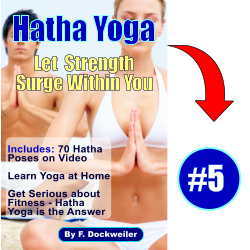Sometimes, there exists a small, yet niggling, level of confusion regarding the difference between a yoga pose and a yoga style. This has been specifically evident when it comes to discussing Flow Yoga.
Is flow yoga a pose under Hatha Yoga, or are they two radically different styles? To understand better, let’s first familiarize ourselves with the nature of each.
Hatha Yoga vis-à-vis Flow Yoga
As you have previously read, Hatha Yoga is all about the union of two disparate or dissimilar elements, specifically the mind and the body. When both are working in harmony, a greater level of spiritual equilibrium is achieved. Overall fitness then results.
Meanwhile, Flow Yoga, or Ashtanga Vinyasa in Sanskrit (ashtanga = eight limbs of yoga, vinyasa = breathing), refers to the action of connecting breathing with each yoga pose’s movement, as it transitions from one to the other. Flow or vinyasa yoga has six poses, each one flowing or transitioning gently to the other.
Hatha Yoga’s poses are mostly static and timed. Transitional breathing is not a major feature, unlike in vinyasa or flow yoga.
Flow yoga is derived from Hatha Yoga but they have certain noticeable differences:
- Hatha Yoga is more deliberate or slower in execution, compared to flow yoga that is slightly faster, because of the transitory poses that appear to the uninitiated as one flowing posture
- vinyasa or flow yoga does not involve solitary postures, but a series of poses that flow smoothly
- the gentler and slower pace of Hatha Yoga makes it perfect for those who are simply starting to learn yoga. In contrast, the fast pace of flow yoga makes it seem similar to an invigorating cardiovascular workout, particularly when you factor in the fact that rhythmic breathing is greatly involved. Rhythmic breathing refers to inhalation and exhalation that is timed and/or synchronized with the start or release of a pose (the “flow) into another pose.
Video Demonstration of Flow Yoga:
Eight Limbs of Yoga
Yoga is not simply about posing this way and that, as a form of exercise. There is a whole philosophy behind yoga, and that is why it is important to know at this point the eight limbs of yoga – characteristics that point towards the fulfillment of life, in terms of physical, mental and spiritual fitness.
Yama – ethical guidelines or moral directions that you need to observe, as far as relating to your fellow humans is concerned.
These yamas include:
- ahimsa or non-violence in actions, words, and thoughts
- satya or truthfulness
- asteya or not stealing/taking what is not yours
- brahmacharya or purity (some interpret this as sexual abstinence, while others believe it to be about abstaining from acting out on impure sexual impulses)
- aparigraha or not coveting
Niyama – while the yamas are outward-directed, niyamas are directed towards the self: they are ethical guidelines or moral directions that you need to observe, in relation to how you regard yourself:
- saucha or cleanliness of body and thoughts
- santosa or self-contentment
- tapas or continued practice
- svadhyaya or self-study
- isvara pranidhana or yielding to a higher power
Asana – the yoga postures that need to be practiced:
- Pranayama – breathing exercises
- Pratyahara – ingress into your internal self, not allowing external distractions to take hold of you
- Dharana – total focus or concentration
- Dhayana – meditation or all-inclusive concentration
- Samadhi – transcendence or mastery of the self; total fitness of mind, body, spirit leading to enlightenment.
The sample demonstration video above gives you a look at Flow Yoga and the movement or transition into various poses. Be sure to subscribe to the MyFitnessNut.com Newsletter to get access to the Flow Yoga video above plus 69 additional demonstration poses. Next, we’ll investigate how “Yoga for Runners” can add value to your life.


